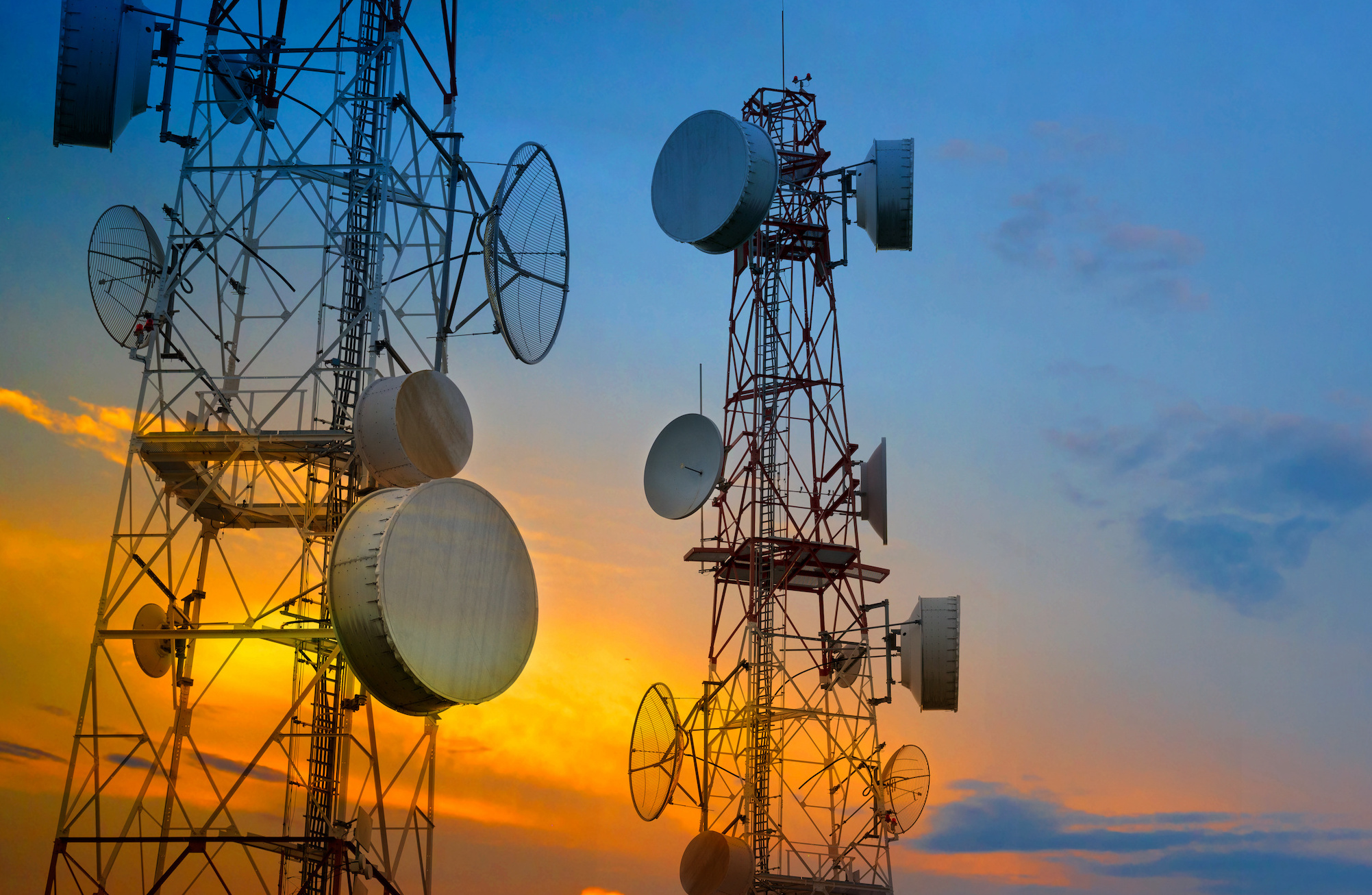Bluespan, a fiber and fixed wireless access (FWA) provider, is working with Tarana Wireless to expand its broadband coverage across Arizona and Washington state. Thus far, it’s reached more than 750,000 passings by combining the benefits of fiber with Tarana’s G1 fixed wireless technology.
Bluespan CEO Scott Stace told Fierce that the aim behind this hybrid method is to efficiently deliver “fiber-like speeds” to clients without incurring the hefty expenditures of building up extensive fibre networks. Bluespan, in particular, employs millimetre wave to cover high-density areas before tapping into Tarana’s infrastructure to “edge out” its more rural networks.
Tarana’s technology also eliminates network speed limits in densely congested networks. Bluespan, for example, now provides contracts with speeds of up to 500 Mbps in Flagstaff. The G1 solution “has been game changing in this area that had never seen more than 5 or 10 Mbps,” according to Stace at the time of the announcement.
“So what we do is we build fiber out to an area and then distribute to the home that last mile over the fixed wireless solution,” said Stace. That fiber is being deployed to Tarana’s G1-equipped towers. Resound Networks is another fixed wireless provider that’s taking advantage of Tarana’s G1 solution.
Bluespan has been aggressively deploying these hybrid networks over the past six to nine months, according to Stace, with a broad goal to add “at least one or two new sites” each month. That work also includes upgrading areas with Bluespan’s legacy fixed wireless technology to the G1 platform.
“I would say we’ve got 30 to 40 new sites in the hopper that are either in some various form of engineering or deployment,” he said. “My goal is to have all of these deployed within the next 12 to 16 months.”
Stace added Bluespan is striving to hit an additional 500,000 passings this year.
When it comes to the divide between fibre and fixed wireless, Stace estimates that 90% of Bluespan’s expansion is committed to fixed wireless, with the remaining 10% dedicated to fibre. While Bluespan has an in-house construction team for fibre projects, Stace pointed out that those deployments still take a significant amount of time and money.
“We move a little slowly since we’re a smaller company,” he explained. “We can’t install fiber-to-the-home projects as efficiently as we can wireless.”
Stace highlighted that the largest barriers to building more fibre are construction and utility access. Fixed wireless, on the other hand, takes less time to deploy (allowing for more new clients) but requires more support as well as line of sight access.
“Fiber is pretty rock solid once you put it in,” he added. “If you build it right and design it right, it’s relatively low maintenance and low support.”
Bluespan’s coverage is mostly in Arizona, with the operator present in all markets except Yuma and the larger Phoenix area, according to Stace. Bluespan provides coverage in a small portion of Seattle as well as Snoqualmie Pass, Easton, and Cle Elum in Washington. Bluespan is looking into other areas in Washington, Oregon, California, Nevada, and possibly Utah for future coverage plans, according to Stace.
He went on to say that the operator’s existing markets are radically different geographically. Arizona spans from forested mountain ranges to high desert terrain. Mountainous areas are easier to manage because Bluespan can employ towers with expanded heights there. Tree-heavy areas are significantly more troublesome because they can degrade signal quality.


